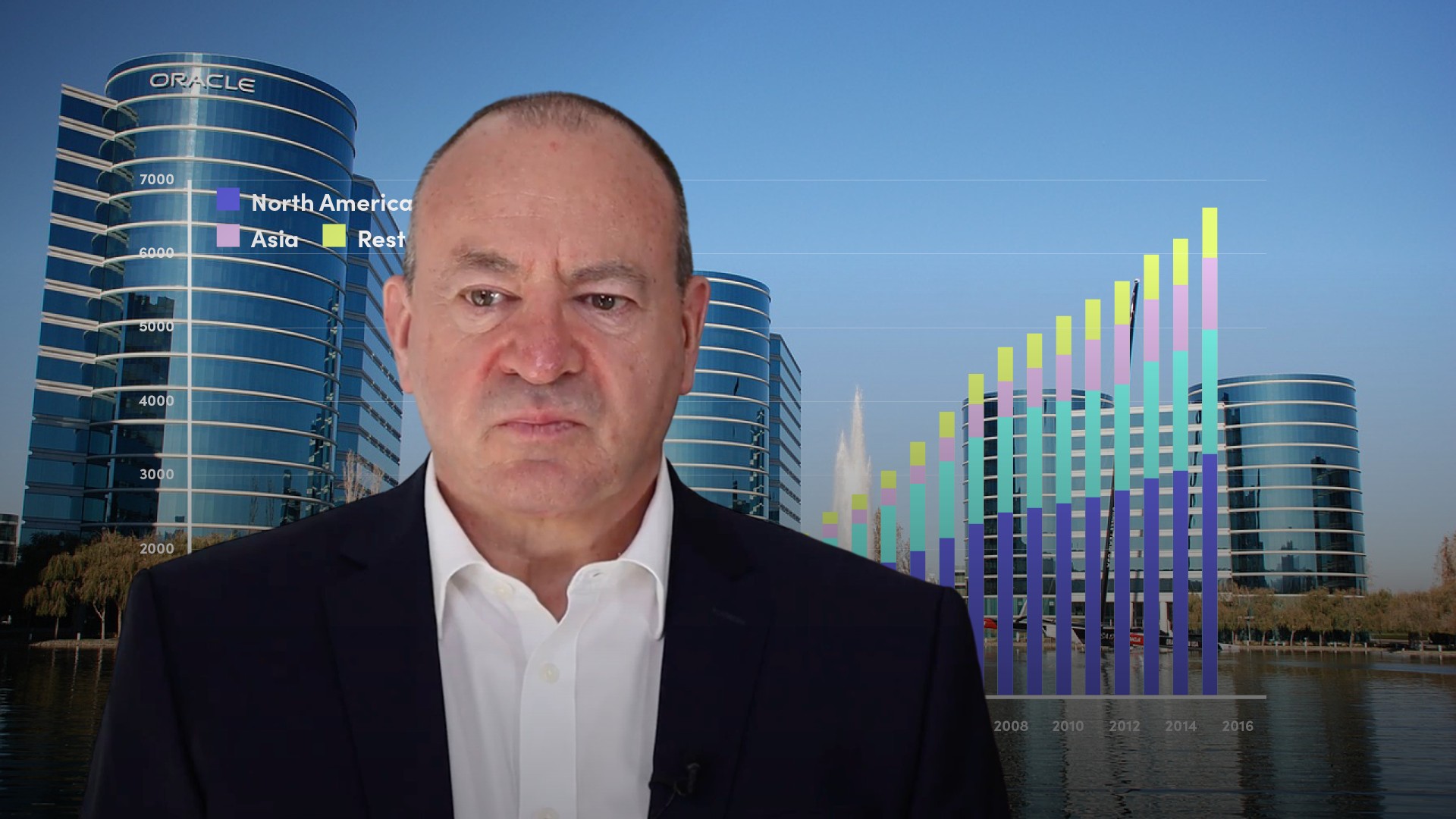
What is Private Equity?

Gavin Ryan
25 years: Private equity & banking
In this exciting series on private equity, shot entirely from home, Gavin discusses its three defining features - negotiation, exit and activism - and private equity's classification as an asset class.
In this exciting series on private equity, shot entirely from home, Gavin discusses its three defining features - negotiation, exit and activism - and private equity's classification as an asset class.

What is Private Equity?
9 mins 14 secs
Key learning objectives:
Understand what the three key features of the asset class mean
Understand the history of private equity
Identify what kind of firms we distinguish
Overview:
The characteristics of private equity which distinguish it as an asset class are that every transaction involves a negotiation, that every investment is made with an explicit understanding that it will be exited within a defined time period and that the role of the investor in the governance of the investment is an activist one of getting involved in managerial decision making. The private equity market developed in phases starting in the seventies and now there are some 7000 firms operating globally. Care must be taken to distinguish the handful of mega firms from the rest.
What do the three key features of the asset class mean?
- Negotiation
- Negotiation is a key feature because the companies are private companies and acquiring a significant stake, which private equity investors do, requires entering into negotiations with management and the owners. This results in more complex deals and requires the private equity investor to have negotiation skills.
- Exit
- The exit driven strategy of the private equity investment means that the PE investor needs to incorporate an exit strategy into his deal structure and then subsequently manage his investment so that it can be exited after 3 to 7 years.
- Activism
- The activist approach means that the PE investor needs to have the skills to act as a Board member of the company and sometimes get even more involved than that, depending on the type of investment, be it early stage or a mature company.
The history of private equity
The roots of private equity can be traced back to the period after World War II, although venture investments are as old as humanity itself. In the US ARDC, set up to commercialise technologies developed during WW2, led to Silicon valley. In the UK, the foundation of CDC and 3i spurred the development of the market. In the 80s, the market grew on the back of the LBO deals and Emerging Markets private equity started as well. There was further growth in the 90s based upon telecom and internet. The market peaked in 2007 and has reset to a lower level subsequently. More regulation was introduced in 2010.What kinds of firms do we distinguish?
There are some seven thousand firms worldwide, employing 100 thousand people, the main hubs being London and New York, with other hubs in the US West Coast and some major European and Asian cities. Of these so-called twenty or so “mega firms” control one half of all assets under management.
Gavin Ryan
There are no available Videos from "Gavin Ryan"

